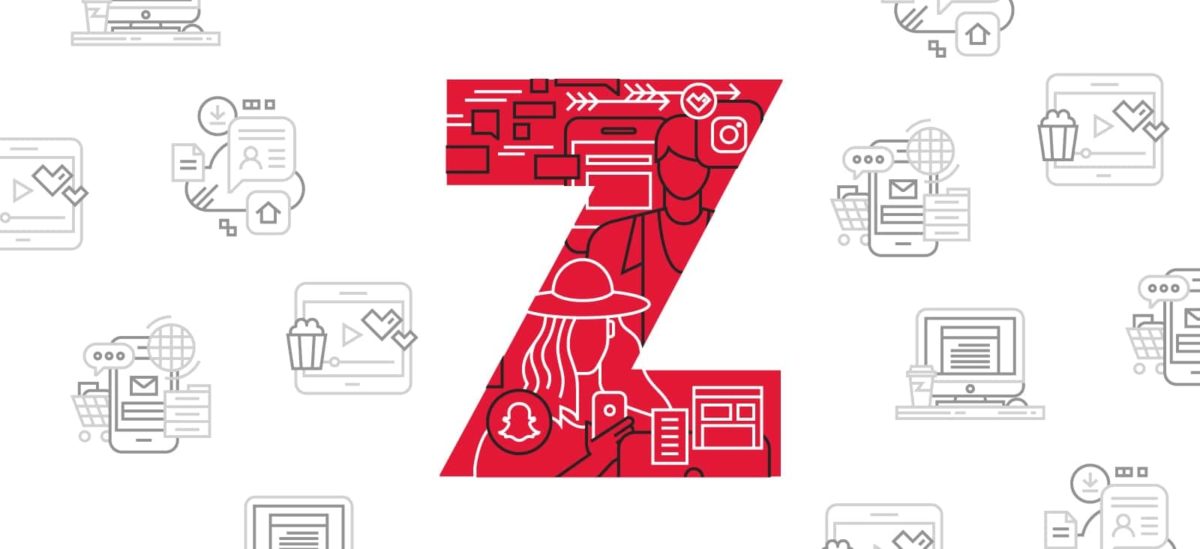There is no second-hand market for information goods. You cannot simply resell digital content online – or can you?
Compared to physical goods, reselling digital goods is tough. While there is a second hand market for old DVDs, music CDs and books, you are unlikely to be able to re-sell your eBook or iTunes song. But why is that?
When you are buying an e-book, you are not purchasing the book itself, but you are purchasing a license to that book instead (BookScouter 2016). While a normal book transfers to your ownership, for eBooks, the publisher owns the rights and can, depending on your contract, delete the eBook from your device (BookScouter 2016). In the United States, reselling digital products is striclty forbidden (Forbes 2019). In Europe though, all eyes are on a law suit of Tom Kabinet, who in 2014 created a platform where sellers could offer their “used” eBooks (Forbes 2019). After a purchase, the file got deleted from the sellers account to ensure that he or she could not keep on using the information good (Forbes 2019). After being pressured by the Dutch Association of Publishers, he had to turn his business model from being an intermediary to becoming a re-selle; Buying and reselling all e-books himself (Forbes 2019). So far, his case is still waiting for a ruling by the Court of Justice of the European Union (Forbes 2019).
So why would reselling eBooks be harmful? Publishers found one fundamental problem: Old eBooks are perfect substitutes for new eBooks as they are not “wearing off” (Forbes 2019), meaning that the second-hand market would target the same type of consumers. This threatens both authors and publishers in the industry (Forbes 2019), as prices could be expected to decrease to a few cents per book (BookScouter 2016).
Nevertheless, also other companies seem to have identified the reselling of e-books as a potential digital business model. Amazon has announced to develope a system which allows eBook owners to resell their product on amazon.com in return for amazon account credit or another monetray reward. Nevertheless, publishers and authors will need to agree to their book being available for re-sale (Forbes 2019).
Therefore, re-selling digital content will no longer stay impossible. If publishers, authors and resellers find agreements on copyrights and usage, the possibility of reselling digital content might become a reality.
References
BookScouter (2016). ‘Reselling eBooks’. Accessed on 18 October 2019 on https://bookscouter.com/blog/2016/06/reselling-ebooks.
Forbes, Z. (2019). ‘A Marketplace for Second Hand Books’. Accessed on 18 October 2019 on http://www.bookbrunch.co.uk/page/free-article/a-marketplace-for-second-hand-ebooks/.









